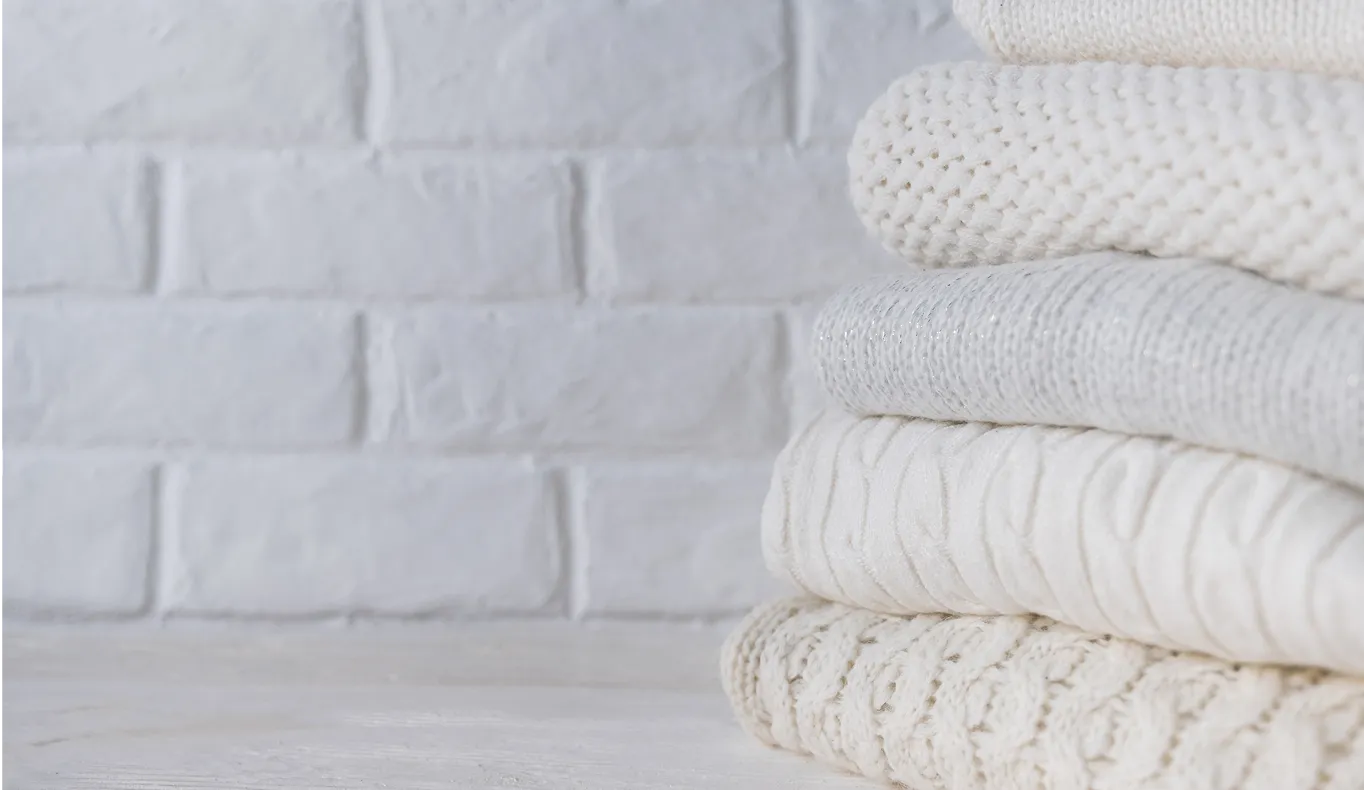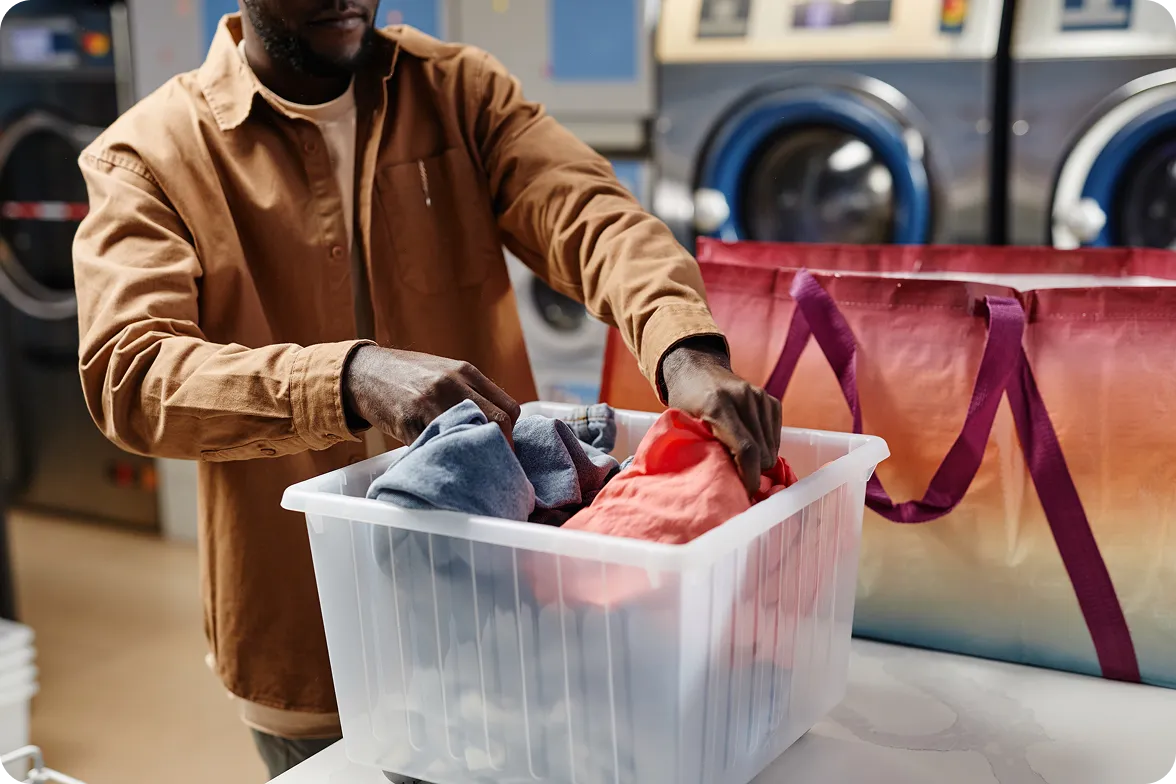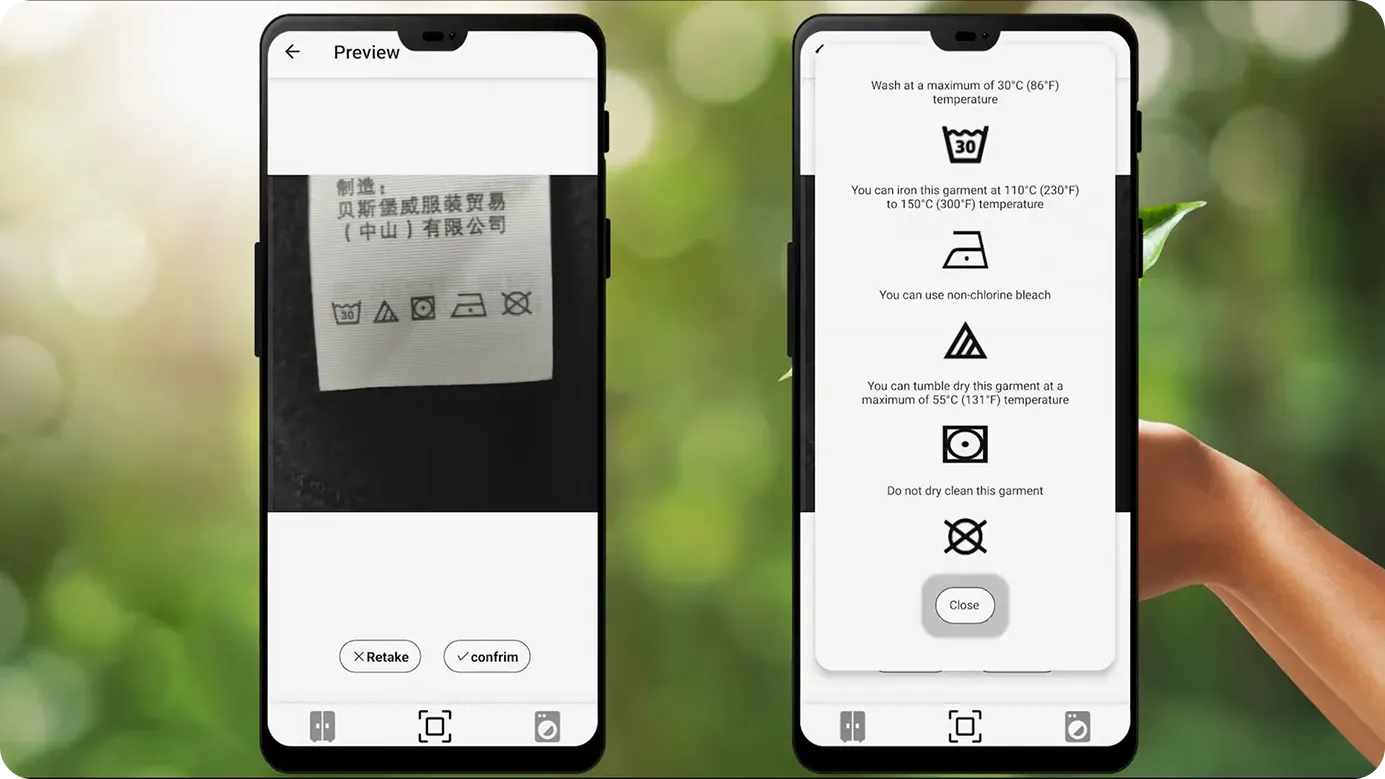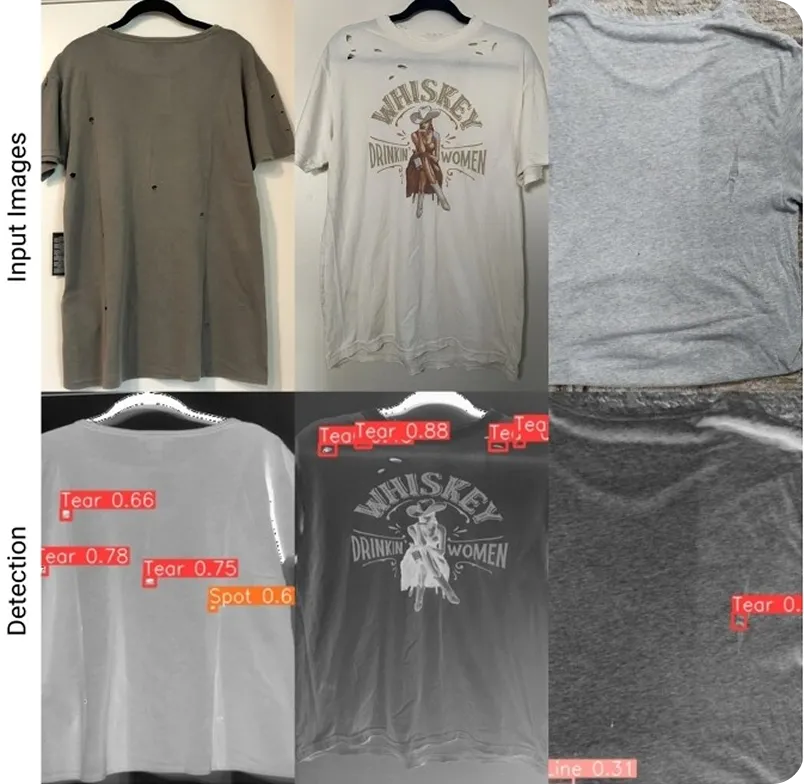How to sort laundry efficiently using Ultralytics YOLO models

November 18, 2025
Learn how to sort laundry efficiently using Ultralytics YOLO models, which can analyze garments, colors, and care symbols to automate smarter laundry sorting.


November 18, 2025
Learn how to sort laundry efficiently using Ultralytics YOLO models, which can analyze garments, colors, and care symbols to automate smarter laundry sorting.

Doing laundry can seem like a simple task. But that’s only until something unexpected happens.
You might toss a few shirts of different colors into the machine, hit start, and hope everything comes out looking the same. However, that’s not always how it goes.
Maybe a white T-shirt turns gray, or a favorite sweater comes out a few sizes smaller. Even minor sorting slip-ups can quietly wear down your clothes over time.
Surprisingly, many people still skip sorting even when they know how important it is. A recent survey found that fewer than half of adults under 40 regularly separate their laundry into whites and darks. It shows how easy it is to cut corners with laundry, especially when you’re busy.

What if you didn’t have to think about sorting at all? Imagine an automated system that recognizes garments, colors, and even care-label symbols before you ever press “start.” That once-futuristic idea is now becoming possible thanks to computer vision.
Computer vision is a branch of artificial intelligence (AI) that makes it possible for machines to see and interpret images and videos with high accuracy. With Vision AI models like Ultralytics YOLO11 and the upcoming Ultralytics YOLO26, systems can analyze garments, colors, and even care-label symbols that indicate whether an item should be machine-washed, hand-washed, or kept out of the wash entirely. This level of understanding makes accurate laundry sorting possible without human effort.
In this article, we’ll explore why sorting laundry matters, how it’s done properly, and how Ultralytics YOLO models make the process more innovative and efficient. Let’s get started!
It can be frustrating to open the washer and find that a white shirt has turned pink. Moments like these are a good reminder of why sorting laundry really matters.
Proper sorting helps your clothes keep their color, shape, and texture. When bright or dark items are washed with lighter ones, colors can bleed and dull the whole load. Keeping them separate helps prevent that.
Delicate fabrics, like silk, cashmere, and lace, also need extra care. They shouldn’t be washed on the same harsh cycles meant for heavier items. At the same time, grouping clothes by fabric type and weight helps your washing machine do a better job. Lighter and heavier items absorb water and spin differently, so washing similar pieces together leads to more even cleaning, less lint, and better rinsing.
The water temperature and detergent you choose make a difference, too. Cold water helps protect colors and delicate fabrics, while hot water is better for heavy stains and sanitizing.
Ultimately, all these small habits add up, helping you save energy, reduce wear and tear, and keep your clothes looking good longer.
Here are a few simple considerations that can make a big difference in how your clothes look and feel after each wash:
Computer vision has the potential to make laundry sorting a lot easier. It can be used to quickly recognize different colors, garments, and textures, helping prevent the common mistakes people make when sorting clothes by hand.
In fact, a recent study showed how computer vision and robotics can be used to sort textiles automatically. Researchers used a computer vision model that supported tasks such as object detection, a method for locating and identifying objects in an image, to find each textile item as it moved along a conveyor belt.
They custom-trained the model on labeled examples of textiles in different appearance categories, allowing it to visually classify each item as light clothes, dark clothes, or multicolored clothes based on its color and texture. A robot then picked up each piece using a custom gripper and placed it in the correct bin, all without human help. Although the study focused on textile recycling, the same steps, seeing an item, understanding what it is, and knowing where it should go, make automated laundry sorting possible.

Computer vision solutions rely on several core vision tasks that work together to help machines interpret what they see. For instance, object detection enables a system to identify items in an image and determine where they are located.
Similarly, instance segmentation adds more detail by outlining the exact shape of each item at the pixel level. Also, image classification helps categorize what the system is looking at, such as identifying colors, patterns, or garment types.
Models like Ultralytics YOLOv8 and YOLO11 support these tasks and make it easy to apply them in real-world systems. They can be used to detect garments, outline their shape, and classify their visual features in a single pass, all at high speed. This allows Vision AI solutions to analyze items in real time as they move or shift, making automated laundry sorting both accurate and efficient.
Here is a closer look at the steps involved in using Ultralytics YOLO models to build a laundry-sorting system:
As the laundry-sorting vision system is used, it’s important to monitor its performance and update it when needed. Adding new images, retraining periodically, and adjusting sorting rules as clothing styles or fabrics change helps keep the system accurate and dependable over time.
Beyond sorting, Vision AI is also being used in other parts of the laundry and textile workflow. In many cases, simply looking at a garment isn’t enough to decide how it should be washed. Two shirts might look identical on the outside, but one may need gentle washing while the other requires dry cleaning, which is why checking the care label is essential. Automating this step helps reduce mistakes and makes sure garments are treated correctly.
For example, a recent research project developed a care-label recognition system using an Ultralytics YOLOv8 image classification model. The team trained the model on more than 10,000 images of care-label symbols, enabling it to accurately identify washing, drying, and ironing symbols from a single photo. The trained model was integrated into a mobile app that scans a garment’s care label and returns the recognized symbols along with recommended washing instructions, making it easier for users to care for their clothes correctly.

Another key application of Vision AI in laundry operations is fabric-defect detection. Solutions powered by models like YOLOv8 can scan garments for defects such as stains, tears, loose threads, or worn areas before washing or packaging.
Identifying these problems early helps prevent damaged items from entering automated equipment, reduces rework, and guarantees that only garments in good condition continue through the workflow. This improves quality control and minimizes waste in large-scale laundry environments.

Here are some of the key benefits of using Vision AI to sort laundry:
Despite these benefits, there are some factors to keep in mind when implementing such solutions. Here are a few common limitations:
Sorting laundry properly helps protect fabrics, keep colors bright, and extend the life of clothing. Vision AI makes this process faster and more reliable.
Models like Ultralytics YOLOv8 and YOLO11 can be custom-trained to identify clothing types and distinguish color categories, enabling automated systems to sort items accurately. This reduces waste, prevents wash-cycle mistakes, and supports smarter, more sustainable laundry operations.
Explore more about AI by joining our community and visiting our GitHub repository. Check out our solution pages to read about AI in logistics and computer vision in the automotive industry. Discover our licensing options and start building with Vision AI today!